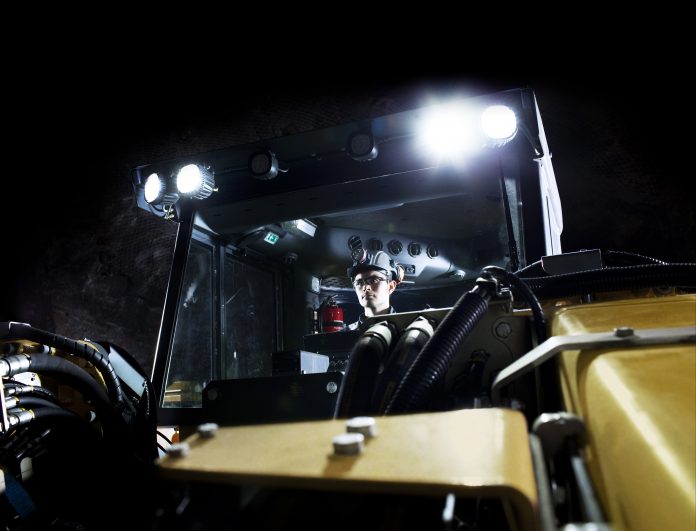
Media Release
Melbourne, Australia: Orica (ASX: ORI) and Epiroc Rock Drills AB (“Epiroc”) will jointly develop a semi-automated explosives delivery system, enabling safer and more productive blasting operations in underground mines.
As mines go deeper and ore bodies become more remote, the case for blasting automation becomes clearer. The partnership will bring together the deep expertise and experience of two global industry leaders to address the growing demand from customers mining in increasingly more hazardous and challenging underground operations.
Orica Chief Commercial and Technology Officer Angus Melbourne said: “This exciting partnership with Epiroc will allow us to leverage our exclusive wireless initiating system, WebGen™, to deliver the critical first steps towards the automation of drill and blast operations.
“Automation is a key pillar of our technology strategy and supports our vision of transforming drill and blast to unlock mining value by creating safer and more sustainable operations.”
Epiroc Senior Executive Vice President Mining and Infrastructure Helena Hedblom said: “This promising collaboration with Orica is an important first step on an exciting journey toward automating the whole drilling and explosives charging process.
“It is a vital part of both Epiroc’s and Orica’s vision of making the mining operation as safe, productive and cost efficient as possible.”
Orica and Epiroc are the ideal partners to optimise the explosives charging process for underground mining. Orica is the world’s largest provider of commercial explosives and innovative blasting systems to the mining, quarrying, oil and gas and construction markets, and Epiroc is the industry leader in developing innovative underground mining equipment, including face drill rigs and production drill rigs.
The first prototype system is expected in 2020, with the first commercially available systems to enter service in 2021.
More details on the collaboration and technology will be communicated later.




















